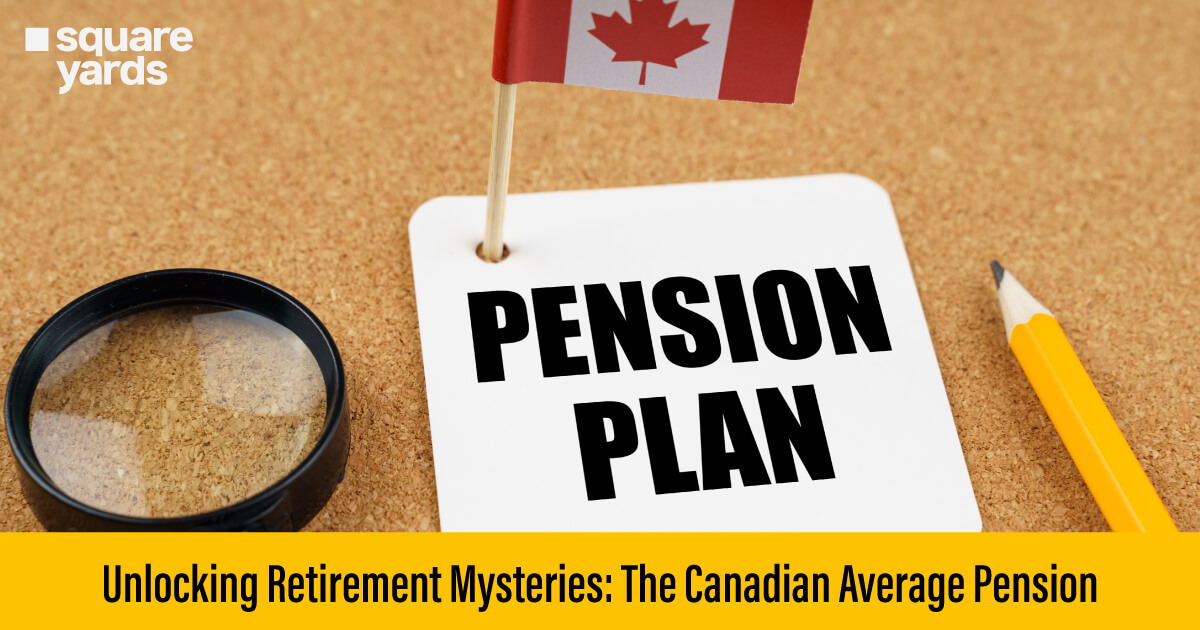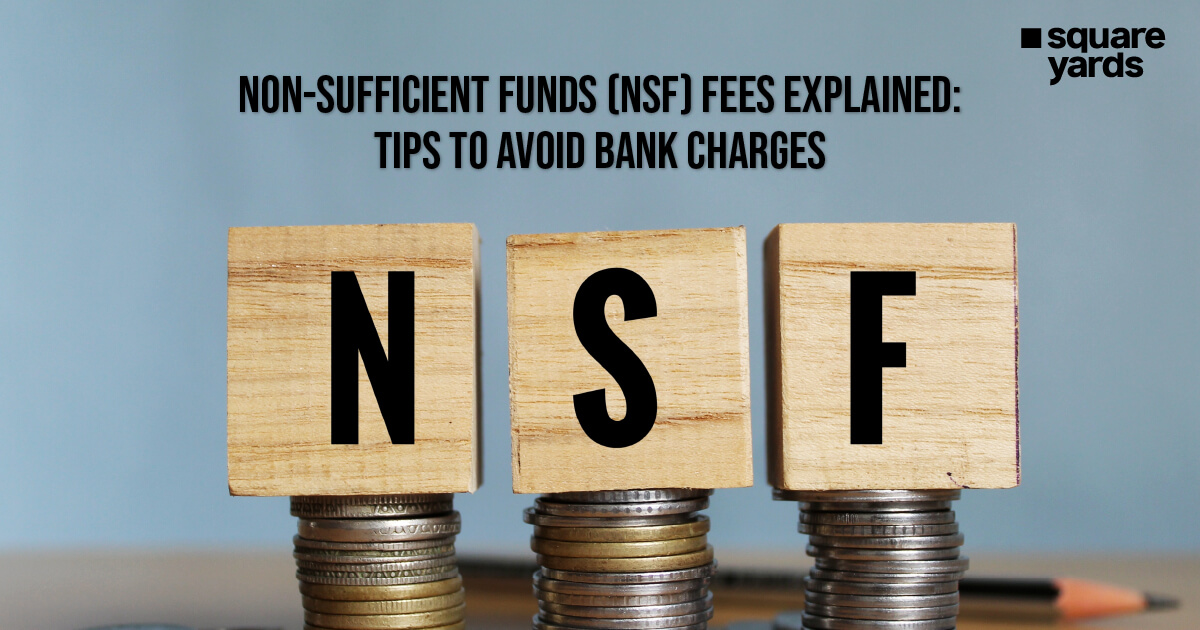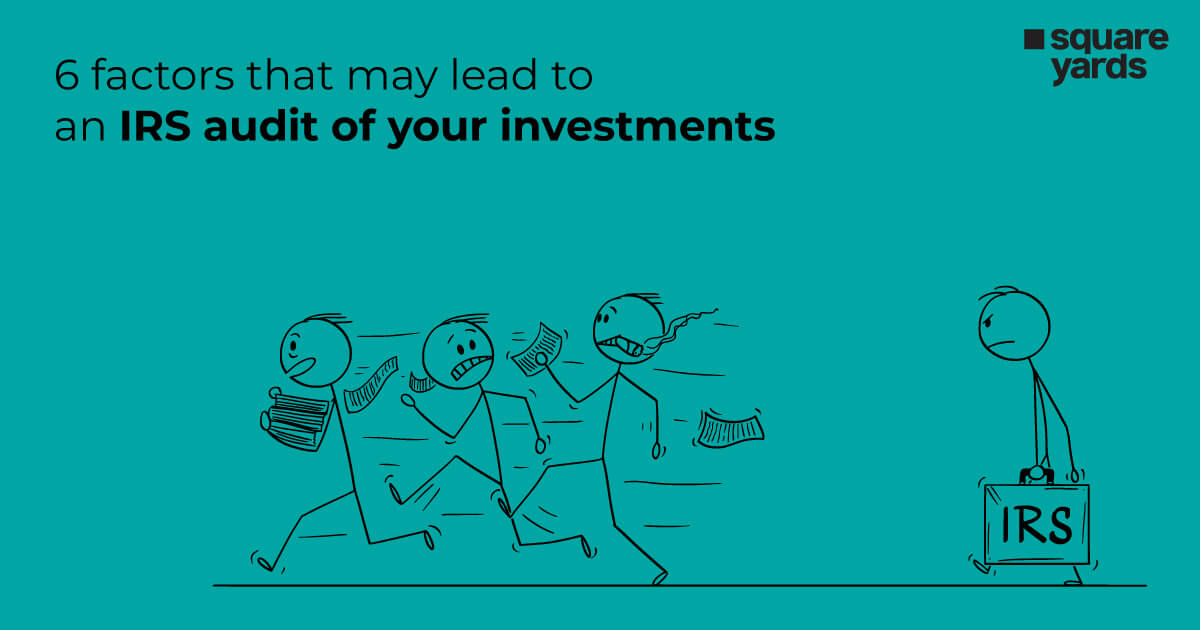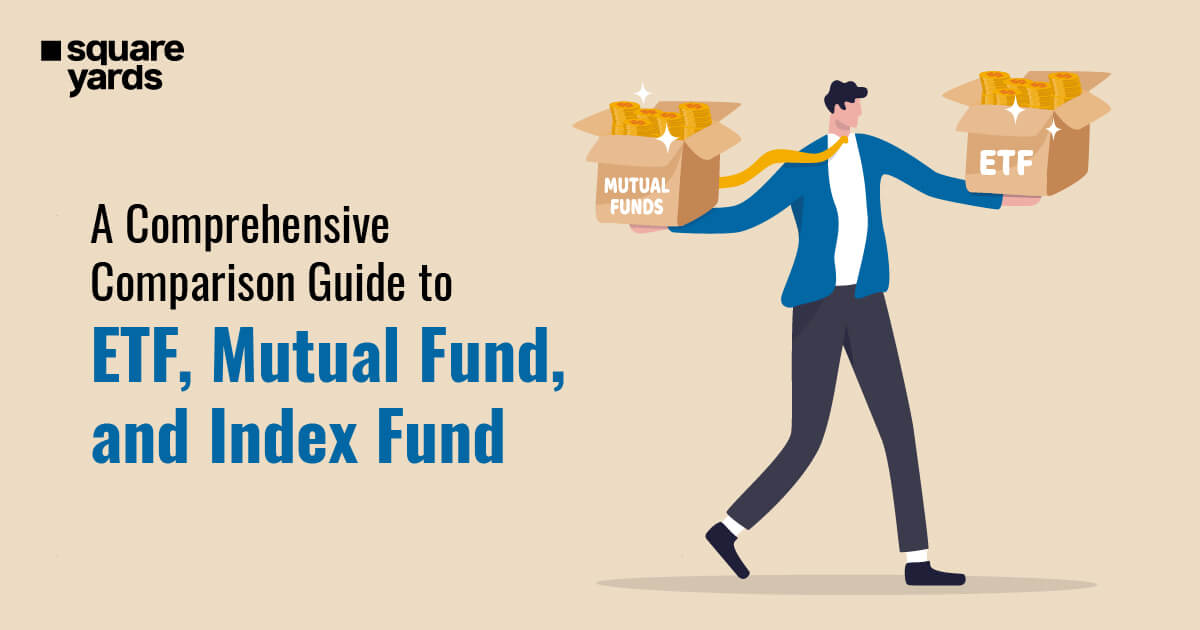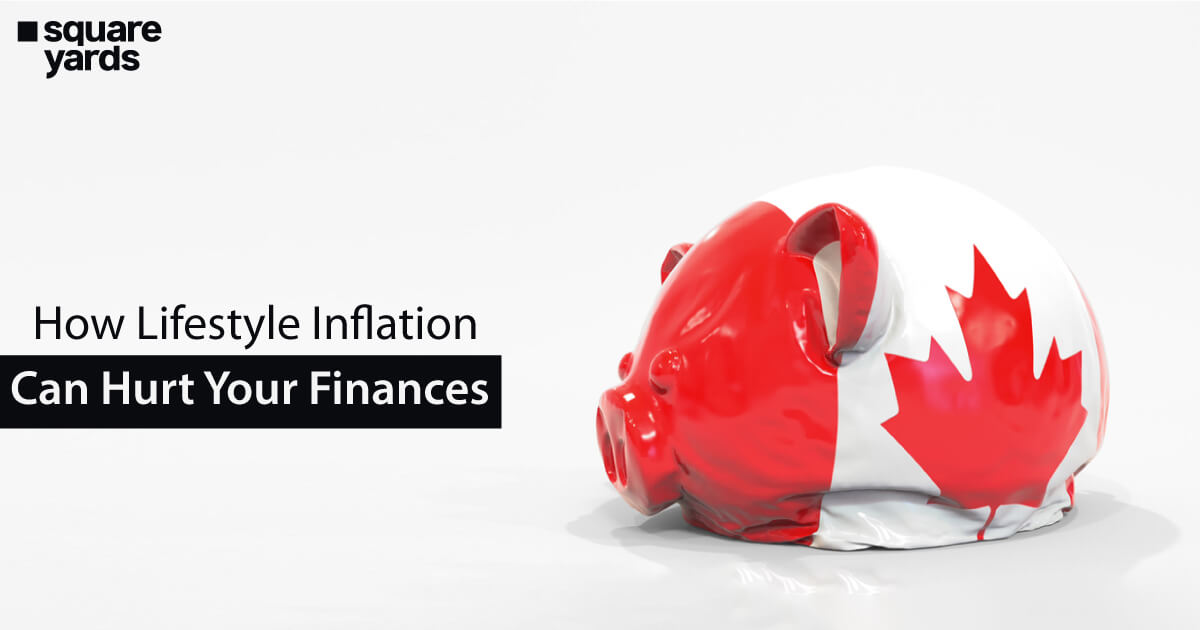Everyone thinks about retiring at some point, whether they are just starting their careers or are getting close to retirement age in Canada. Everybody has a different threshold for what they need to retire, and what is sufficient varies. Several variables affect the average pension in Canada, such as having a company pension or relying only on CPP. Each scenario has advantages over the other. However, it’s crucial to remember that these figures do not include individual retirement savings. To put it briefly, the secret to starting a safe and happy retirement journey in Canada is to prepare carefully and save for retirement age.
Company Pension Scheme Information
Given that each employer-sponsored pension operates differently, it is particularly challenging to estimate the average income. They are determined by the number of years you have contributed to the plan and your yearly pay. You and your employer each contribute money to this plan. Pensions of this kind are only calculated based on contributions; investments are not considered. Group RRSPs (Registered Retirement Savings Plans) are another class of employer-sponsored plans. You initiate the RRSP, but you and your employer contribute to it. Although it does change according to the market, you can choose how you want to invest it because you opened an RRSP.
Additionally, a Pooled Registered Pension Plan is an option. Your employer is not required to contribute to this one. Although your company can contribute, it is intended for people who do not typically receive average pensions in Canada. Since the money in the PRPP is invested, your retirement age in Canada income will depend on the performance of your investments. You can qualify for the Voluntary Retirement Savings Plan if you reside in Quebec. If your employer does not provide PRPPs, you can choose this alternative plan, which functions similarly. It is primarily intended for people without traditional workplace pensions or for self-employed people who want to set aside money for average retirement savings.
Estimating the average pension amount is challenging, given the variety of pensions available. Too many factors exist. However, figuring out the average amount you receive CPP is simple.
Details of the Canada Pension Plan
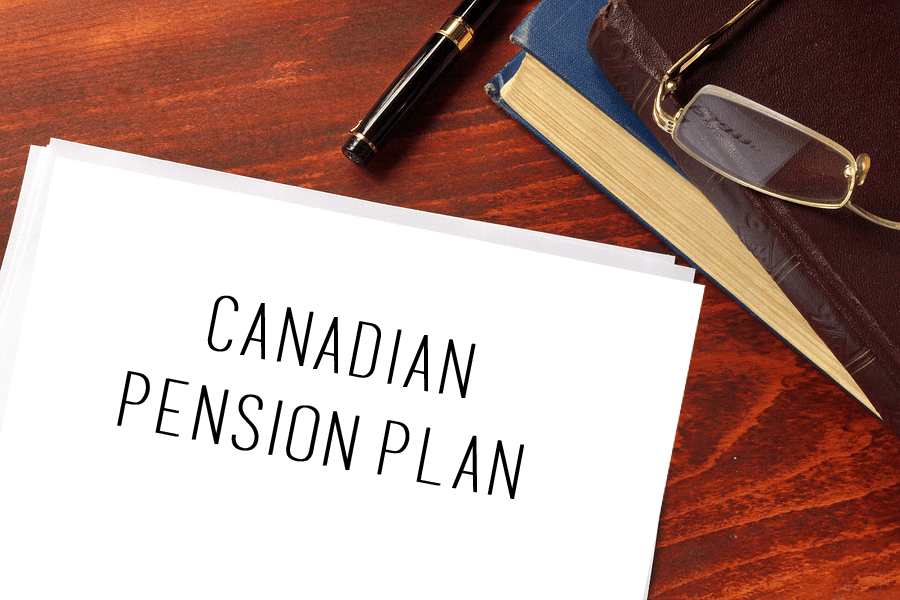
The Canada Pension Plan (CPP) is a monthly taxable benefit meant to replace your income when you retire. To receive CPP, you do need to qualify, but once you qualify you will receive it for the rest of your life. Before you apply, there are a few conditions that you need to meet first.
-
- You must be 60 years or older to be eligible for CPP.
- You must have made at least one legitimate CPP contribution..
CPP(Canada Pension Plan) Amounts
In Canada, the Canada Pension Plan (CPP) provides retirement benefits based on factors like average earnings and CPP contributions. Starting CPP at age 65 is the norm, but you can begin as early as 60 with reduced payments or delay until age 70 for increased benefits. Beyond 70, there are no further increases. The decision of when to start receiving CPP is crucial, as it directly impacts your retirement income. For 2023, updated CPP amounts reflect changes in the cost of living and economic conditions. Understanding these details helps individuals plan wisely for a more secure financial future in their retirement years.
|
CPP Age to Receiving |
CPP Monthly Payment |
CPP Maximum Amount |
|
60 |
$458.98 |
$836.20 |
|
65 |
$717.15 |
$1,306.20 |
|
70 |
$1,018.35 |
$1,855.33 |
You can see your anticipated payment calculation through your My Service Canada account to find out how much you might get each month from your CPP retirement pension. The Canadian Retirement Income Calculator is another resource. Your statement of contributions can also be found in your My Service Canada account if you’d like to check your most recent pensionable earnings and contributions. It’s a quick and easy method to understand your CPP benefits and make plans for the typical Canadian pension.
How Long Must You Work in Order to Receive the Most CPP Benefits?
In order to be eligible for the maximum CPP benefit in Canada, you must have worked for at least 39 of the 47 years between the ages of 18 and 65. Additionally, you must have paid the maximum CPP contributions over the course of those 39 years. Your annual pensionable wages determine your CPP contribution, and the Canada Revenue Agency has established the maximum annual pensionable income for 2023 at $66,600.
It’s important to understand these criteria to plan for your pension and clear out the retirement age in Canada. If you meet these requirements, you may be eligible for the highest possible CPP benefits, providing you with a more secure financial future in your golden years.
Can Someone Who Has Never Worked Receive CPP?
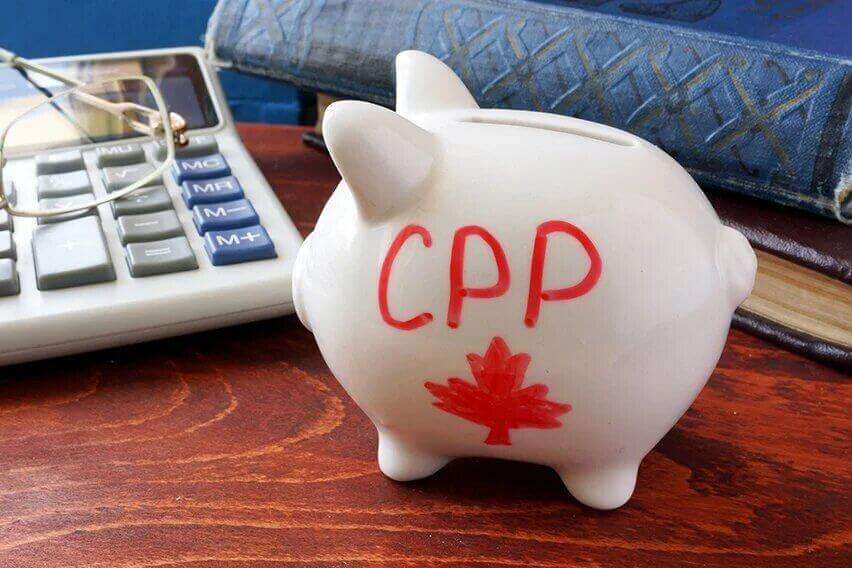
Absolutely! If you’re 65 or older and have lived in Canada for at least 10 years, you can receive CPP benefits even if you haven’t worked. So, you don’t necessarily need a work history to be eligible for CPP.
Talking About Your CPP Pension
You can split your CPP retirement benefit with your spouse or common-law partner. However, to participate in the pension share programme, you must already receive or be eligible to begin receiving pension payments. In order to qualify, you must also reside with your spouse or common-law partner. Tax reductions are the primary advantage of pension pooling.
There are two approaches you can take when it comes to revenue sharing. If only one person contributed to the Canada Pension Plan or the Quebec Pension Plan, you can either share the one pension or, if two persons made contributions, you can share both pensions. The aggregate sum remains unchanged when dividing the two pensions.
Dates of CPP Payments in 2023
Payments for CPP retirement benefits are made monthly. The 2023 dates are shown below.
-
- Jan 27th, 2023
- Feb 24th, 2023
- Mar 29th, 2023
- Apr 26th, 2023
- May 29th, 2023
- June 28th, 2023
- July 27th, 2023
- Aug 29th, 2023
- Sep 27th, 2023
- Oct 27th, 2023
- Nov 28th, 2023
- Dec 20th, 2023
Other CPP Benefit Amounts

Other than just your regular monthly CPP amounts. CPP does have other benefits as well. These are:
-
- The CPP Disability Benefit
- The Survivors Pension
- The Death Benefit
Quebec Pension Plan
The Quebec Pension Plan is a unique retirement income programme for Quebec compared to the rest of Canada. In the event of retirement, death, or even incapacity, this plan offers minimum financial help to persons who have or are presently employed in Quebec.
The benefit’s retirement pension component is funded through company and employee payments. You must be at least 18 years old and earn more than $3,500 per year to pay employee contributions. You must make all required contributions if you work for yourself.
The highest amount of QPP pensionable earnings in 2022 was $64,900. Let’s look at the amounts of the payments.
|
Benefits |
Monthly Amount |
|
Death Benefit |
$2,500 Lump Sum |
|
Pension Age 65 |
$1,253.59 |
|
Pension Age 60 |
$802.30 |
|
Pension Age 70 |
$1,780.10 |
|
Disability Pension |
$1,463.83 |
|
Addition Disability Amount in Retirement |
$524.61 |
Additional Government Pension Benefits
Alright, let’s talk about another pension from the government, the OAS or old age security. How much you get depends on how long you’ve lived in Canada since you turned 18. Remember, OAS payments count as taxable income. Now, here’s the thing: if your taxable income is higher than $79,845 for 2021 (that’s the threshold set for the year), you might need to pay a recovery tax. So, keep an eye on those numbers, folks!
The Old Age Security Programme also offers three additional benefits besides OAS. These are the Allowance, the Allowance for the Survivor, and the Guaranteed Income Supplement. These programmes have age, marital status, and income-based payment levels. These are not regarded as taxable income, unlike OAS.
Increasing Retirement Earnings
CPP is the only source of retirement income for many Canadians; however, some also have RRSPs. Having said that, some people want separate retirement savings, and they don’t necessarily take the shape of an RRSP, because their pre-retirement income is frequently far more than their anticipated retirement income. There are numerous strategies to accumulate cash when it comes to retirement planning. Simply place it in your personal savings account or a tax-free savings account. Whichever option suits you. You may do many things to supplement your retirement income with a little additional cash.
You May Also Read :
|
Guide To Best Places To Retire in Canada |
|
|
Discover E-Transfer in Canada |
|
|
All About Gold investment in Canada |
|
|
Everything Of Personal Finance in Canada |
Frequently Asked Questions (FAQs)
Generally, you should replace between 70 and 80 percent of your yearly pre-retirement income. Accordingly, if your yearly income is $100,000, your retirement income goal should be at least $70,000. Your expenses are expected to decrease after retirement. Therefore 70-80% of your pre-retirement wage should be adequate.
If you begin receiving your pension at age 65 in 2023, your maximum monthly benefit is $1,306.57. At age 65, the average monthly payment for a new retirement pension in April 2023 was $760.07. The amount you receive up to the maximum will depend on your circumstances.
You must pay into the CPP for at least 39 of the 47 years between the ages of 18 and 65 in order to get the full CPP benefit. What is the average CPP payment at 60?
Payments will reduce if you begin before age 65 by 0.6% per month (or 7.2% annually), with a maximum reduction of 36% if you begin at age 60. Payments will rise if you begin after age 65 by 0.7% every month (or 8.4% annually), with a maximum increase of 42% if you begin at age 70 (or later). What does a Good Pension in Canada look like?
How Much of a Pension do Canadians Receive at Age 65?
In Canada, How long is a Full Pension?
Is Collecting CPP at Age 60 or 65 Preferable?

